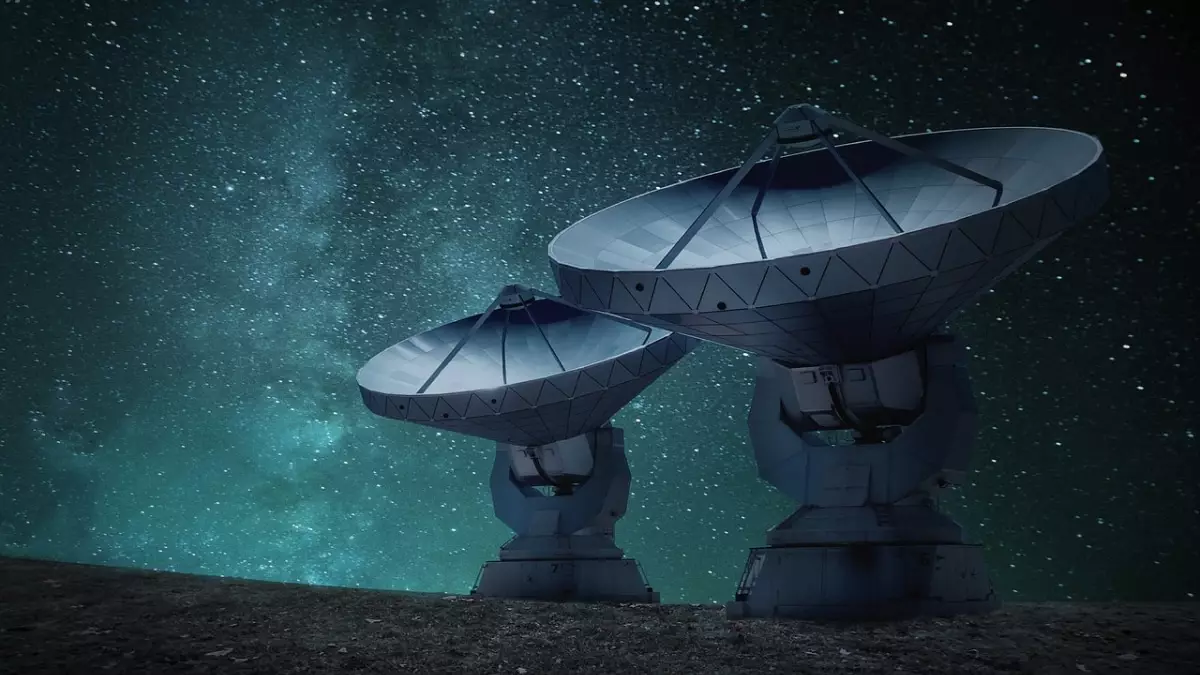Space exploration has always been marred by challenges, but recent technological advancements have introduced a new set of problems for astronomers: the growing fleet of Starlink satellites. Designed by Elon Musk’s SpaceX to provide high-speed internet, these satellites have become an unexpected source of light pollution, compromising radio astronomy. The Netherlands Institute for Radio Astronomy (ASTRON) has been at the forefront of this issue, highlighting the detrimental impact of Starlink’s signals on radio wave observations critical for tracking celestial phenomena.
Recent reports indicate that the next-generation Starlink satellites (V2) pose even more significant challenges than their predecessors. According to Professor Jessica Dempsey, the Director of ASTRON, the electromagnetic interference generated by these satellites can be up to 32 times greater than that emitted from earlier versions. This increase creates a torrent of noise that effectively blinds radio telescopes striving to capture weak cosmic signals. The satellites operate from a height of around 550 kilometers, yet their emissions are powerful enough to overshadow faint celestial bodies that researchers are eager to analyze, including exoplanets and black holes.
As of now, there are over 6,400 Starlink satellites orbiting Earth, with estimates indicating this number could skyrocket to over 100,000 by 2030. This rapid expansion raises alarms among the scientific community, as many astronomers fear that the cluttering of the night sky with communication satellites may severely limit our ability to conduct ground-based astronomical research. Cees Bassa, a leading scholar on the effects of Starlink, compares the satellites’ interference to the brightness of the full Moon, which drowns out the visibility of the faint stars that astronomers rely on for their studies.
Acknowledging the urgency of this concern, experts like Robert Massey from the Royal Astronomical Society in the UK have advocated for immediate action from SpaceX to remedy the situation. He believes that potential adjustments, such as enhancing the shielding around satellite batteries or redesigning the satellites to minimize emissions, could significantly reduce the disruptive interference. Failure to act could jeopardize future astronomical inquiry, as scientists warn that these technological advancements may indeed represent an existential threat to the field.
As the dominant provider of satellite internet services, SpaceX holds a unique position in shaping the future of space exploration. The company’s ability to implement responsible space operations could set critical standards for the industry. It’s imperative that SpaceX collaborates with astronomers to foster a more sustainable approach to deploying satellite technology. By addressing the challenges posed by the Starlink network, they can not only preserve a clearer view of the cosmos but also reaffirm the integrity of astronomical research for generations to come.


Leave a Reply